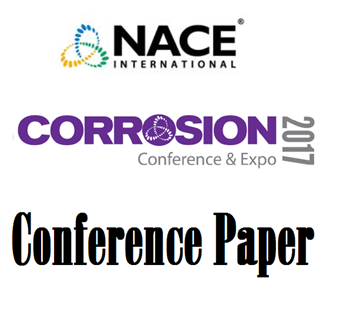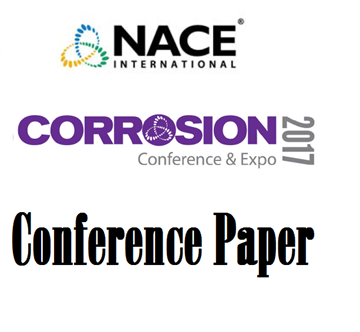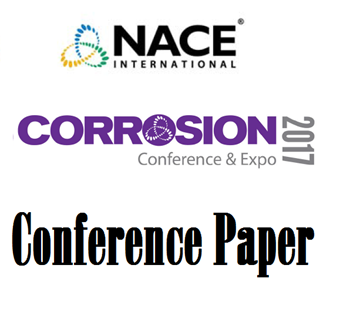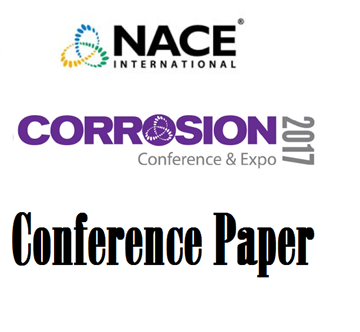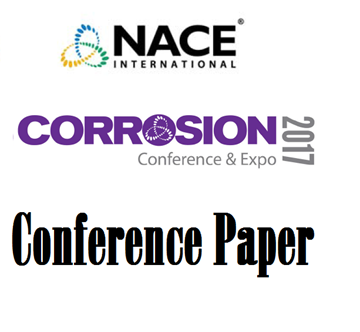Search
Energy Generation
View as
Sort by
Display
per page
SP0515-2015-SG, “Implementing Nondestructive Evaluation Technologies to Evaluate Buried Pipe in Nuclear Power Plants”
Product Number:
21196-SG
ISBN:
1-57590-317-2
Publication Date:
2015
$109.00
SP21433-2019/IEEE 2445, Inspection and Assessment of Below Grade and Groundline Corrosion on Weathering Steel on Electrical Transmission and Distribution Structures
Product Number:
21433-2019
ISBN:
1-57590-405-5
Publication Date:
2019
$109.00
Specifying Corrosion Protection for the Offshore Wind Turbine Industry
Product Number:
51317--9091-SG
ISBN:
9091 2017 CP
Publication Date:
2017
$20.00
Strategic NDE Results Collaboration Yields Industry Insights
Product Number:
51317--8859-SG
ISBN:
8859 2017 CP
Publication Date:
2017
$20.00
Study on the Mechanism and Influencing Factors of High Voltage Direct Current Interference
Product Number:
51317--9293-SG
ISBN:
9293 2017 CP
Publication Date:
2017
$20.00
The AC Close Interval Survey and Other Common AC Measurement Errors
Product Number:
51317--9455-SG
ISBN:
9455 2017 CP
Publication Date:
2017
$20.00
The Evolution of AC Predictive and Mitigation Software
Product Number:
51317--8912-SG
ISBN:
8912 2017 CP
Publication Date:
2017
$20.00
The Facts and a Few Urban Legends Too Around Flow-accelerated Corrosion
Product Number:
51317--9165-SG
ISBN:
9165 2017 CP
Publication Date:
2017
$20.00
The Viscosity of H2O-B(OH)3-LiOH Solutions
Product Number:
51317--9413-SG
ISBN:
9413 2017 CP
Publication Date:
2017
$20.00
Thermal Shock Resistance of Fecral Alloys for Accident Tolerant Fuel Cladding Application
Product Number:
51317--8900-SG
ISBN:
8900 2017 CP
Publication Date:
2017
$20.00



